The Bank of Toronto on a postcard, printed in 1910, camera facing the southwest corner of King and Bay Streets. The streetcar is travelling east on King Street. Photo from the collection of the Toronto Public Library, r-2167.
When I was a boy in the 1940s, during the hot summer months, one of the greatest adventures in life was to climb aboard a streetcar on Bay Street and travel to the ferry docks on Front Street. From there, we sailed across the harbour to Centre Island. In my youthful eyes, this outing was high adventure, similar to a story about climbing Mount Kilimanjaro that I had read about in a library book. The author of the tale stressed that the journey up the mountain was as much a part of the adventure as the arrival at the summit. Similarly, the tall buildings lining the canyon of Bay Street were as important (well almost) as arriving at Centre Island.
It was on these summer excursions that I first saw the Bank of Toronto at Bay and King Streets. To me, it appeared like a giant piggy bank, and I was certain there was a coin slot on the roof where people dropped their pennies and nickels. I could not conceive of quarters and fifty-cent pieces being dropped into the slot, as such enormous amounts of money were only possessed by millionaires. I might add that eliminating the fifty-cent piece from common currency was a pity. As a child, to receive one of them to spend at the penny-candy-store was akin to possessing boundless wealth.
Today, gazing at the photos of the Bank of Toronto, I can understand why it caught my attention when I was a young lad. Its striking architecture dominated the street, and like a finely crafted child’s piggy bank, it was perfect in every detail. Its architects created a structure that was built for the ages, never anticipating that it would eventually be demolished.
Its destruction occurred during the decade of great prosperity that followed the opening of the St. Lawrence seaway in 1959. Large vessels were now able to access the Great Lakes, bypassing Montreal, which in those years was the nation’s largest city. Under the misguided policy of “modern city building,” and with the approval of City Hall, the “old” was demolished to be replaced by the “modern.” In this decade of wanton destruction, many of Toronto’s finest historic structures disappeared. The Bank of Toronto was one of them. In fairness, the Toronto Dominion Bank towers that were constructed on the site are now also considered architectural gems, of the International Style.
The Bank of Toronto first opened its doors in 1856 at 78 Church Street, William Gooderham and his son George among its investors and directors. It remained on Church Street until 1862, when its offices were relocated to the northwest corner of Wellington and Church Streets. However, in 1901, the bank commenced planning for a new headquarters, as the area around King and Bay Streets was becoming the centre of financial activity.
In 1902, a large plot of land was purchased on the southwest corner of Bay and King – its postal address 55-67 King Street West. The New York City architectural firm of Carrere and Hastings, along with Eustace G. Bird, a Toronto associate architect, was commissioned to design the building. This decision created outrage from nationalistic Torontonians who would have preferred a Canadian architectural company. Construction began in January of 1912, and the bank relocated from Church and Wellington in 1913.
The American architects were inspired by the Bourse de Paris (Paris Stock Exchange). The bank building they designed reflected the classical traditions of ancient Rome and Athens, as it resembled an ancient temple. It possessed three-storey Corinthian pilasters (three-side columns) on its north and east facades, which were trimmed with Tennessee marble. However, there was no pediment above the faux columns. The plinth (the base supporting the building) was higher than the people passing by it on the sidewalk. The bank’s interior contained five levels of offices, with a two-storey banking hall, richly trimmed with marble and bronze. In its two basement levels, there were two vaults and several storage rooms.
In 1955, the Bank of Toronto amalgamated with the Dominion Bank, and it became the Toronto Dominion Bank (TD Bank). In 1965, the former Bank of Toronto building was demolished to create the 56-storey TD Centre, which opened in 1967. In 2000, the bank bought Canada Trust and the company was renamed “TD Canada Trust.”
The TD Centre is a much admired building, but it is a pity that the old Bank of Toronto had to be demolished to meet the needs of the modern era. The Bank of Toronto’s former headquarters is now mostly a forgotten part of the city’s architectural history. This is evident by the sparse amount of photos and documentation that appear online. It required considerable searching to locate the photos for this post.
The author gratefully acknowledges the following sources: “Lost Toronto” by William Dendy, torontothenandnow.blogspot.com, and citiesintime.ca
The original site of the Bank of Toronto between the years 1856 and 1862, at 78 Church Street. Photo taken on October 5, 2016.
The Bank of Toronto’s headquarters at Wellington and Church Streets, from 1862 until 1913. It was demolished in 1961. Toronto Public Library, r-2022.
Looking south on Bay Street in 1912, from a short distance north of King Street West. The Molson Bank (the former Cawthra mansion) is on the northeast corner of the intersection, the Union Bank on the southeast corner, and the Bank of Toronto on the southwest corner. Toronto Archives, Fonds 1233, Item 1166.
Looking east on King Street from Bay Street in 1913 or 1913. The west facade of the Bank of Toronto is on the right-hand side of the photo. Canada Archives, 054055.
Bank of Toronto in 1915, gazing at the southwest corner of King and Bay Streets. Photo from Bibliotheque.
Bank of Toronto in 1919, its north and east facades visible. Toronto Archives, Fonds 1231, Item 0846.
The ornate entrance of the Bank of Toronto in 1919, on the north facade, facing King Street West. Toronto Archives, Fonds 1231, Item 0846.
Gazing north on Bay Street in the 1930s, the tower of the Old City Hall visible in the distance. On the left-hand side of the photo is the east facade of the Bank of Toronto. On the northeast corner of Bay and King is the Cawthra Mansion, which became the Molson’s Bank and later, the headquarters of the Canada Life Assurance Company. Toronto Archives, Fonds 1244, Item 1211.
Undated photo of the south and west facades of the Bank of Toronto, from the Canada Archives.
Banking hall of the Bank of Toronto, photo from the collection of the Toronto Reference Library, the Baldwin Room.
Gazing west on King Street at Bay on September 6, 1941. The Bank of Toronto is on the left-hand side of the photo, (southwest corner of King and Bay). Its north facade is on King Street. Photo from the Canada Archives a054682 v8.
View gazing east on King Street toward the intersection at Bay Street in 2014. On the right-hand side of the photo, the black low-rise part of the complex is on the site of the old Bank of Toronto, although it is set back from the corner.
To view the Home Page for this blog: https://tayloronhistory.com/
For more information about the topics explored on this blog:
https://tayloronhistory.com/2016/03/02/tayloronhistory-comcheck-it-out/
Books by the Blog’s Author
“Toronto’s Theatres and the Golden Age of the Silver Screen,” explores 50 of Toronto’s old theatres and contains over 80 archival photographs of the facades, marquees and interiors of the theatres. It relates anecdotes and stories by the author and others who experienced these grand old movie houses.
To place an order for this book, published by History Press:
Book also available in most book stores such as Chapter/Indigo, the Bell Lightbox and AGO Book Shop. It can also be ordered by phoning University of Toronto Press, Distribution: 416-667-7791 (ISBN 978.1.62619.450.2)
Another book on theatres, published by Dundurn Press, is entitled, “Toronto’s Movie Theatres of Yesteryear—Brought Back to Thrill You Again.” It explores 81 theatres and contains over 125 archival photographs, with interesting anecdotes about these grand old theatres and their fascinating histories. Note: an article on this book was published in Toronto Life Magazine, October 2016 issue.
For a link to the article published by Toronto Life Magazine: torontolife.com/…/photos-old-cinemas-doug–taylor–toronto-local-movie-theatres-of-y…
The book is available at local book stores throughout Toronto or for a direct link to order this book: https://www.dundurn.com/books/Torontos-Local-Movie-Theatres-Yesteryear
Another publication, “Toronto Then and Now,” published by Pavilion Press (London, England) explores 75 of the city’s heritage sites. It contains archival and modern photos that allow readers to compare scenes and discover how they have changed over the decades. Note: a review of this book was published in Spacing Magazine, October 2016. For a link to this review:
spacing.ca/toronto/2016/09/02/reading-list-toronto-then-and-now/
For further information on ordering this book, follow the link to Amazon.com here or contact the publisher directly by the link below:
http://www.ipgbook.com/toronto–then-and-now—products-9781910904077.php?page_id=21
![1910, pcr-2167[1] 1910, pcr-2167[1]](https://tayloronhistory.com/wp-content/uploads/2016/10/1910-pcr-21671_thumb.jpg)
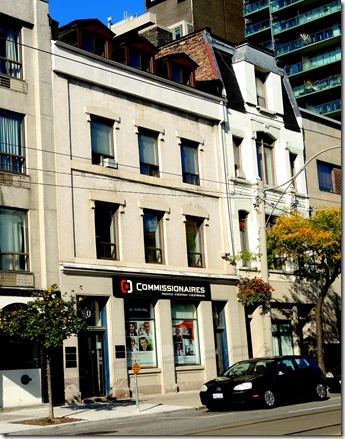
![1870, Church and Well. pictures-r-2022-1870[1] 1870, Church and Well. pictures-r-2022-1870[1]](https://tayloronhistory.com/wp-content/uploads/2016/10/1870-church-and-well-pictures-r-2022-18701_thumb.jpg)
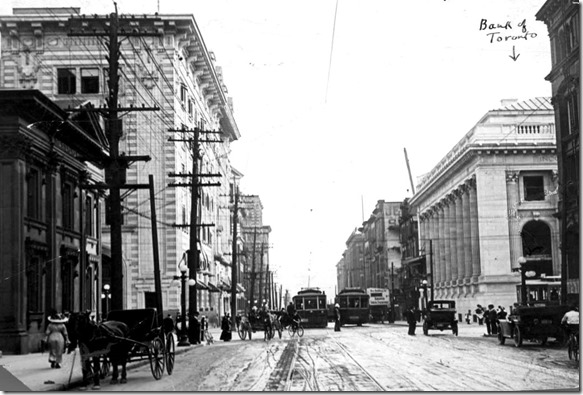
![Canada Arch. looking east on King, 1912-13 oa054055-v8[1] Canada Arch. looking east on King, 1912-13 oa054055-v8[1]](https://tayloronhistory.com/wp-content/uploads/2016/10/canada-arch-looking-east-on-king-1912-13-oa054055-v81_thumb.jpg)
![1915- source, Bibliotheque Bank_of_Toronto_Building_1915[1] 1915- source, Bibliotheque Bank_of_Toronto_Building_1915[1]](https://tayloronhistory.com/wp-content/uploads/2016/10/1915-source-bibliotheque-bank_of_toronto_building_19151_thumb.jpg)
![1919, f1231_it0846[1] 1919, f1231_it0846[1]](https://tayloronhistory.com/wp-content/uploads/2016/10/1919-f1231_it08461_thumb.jpg)
![1919, f1231_it0846[1] - Copy 1919, f1231_it0846[1] - Copy](https://tayloronhistory.com/wp-content/uploads/2016/10/1919-f1231_it08461-copy_thumb.jpg)
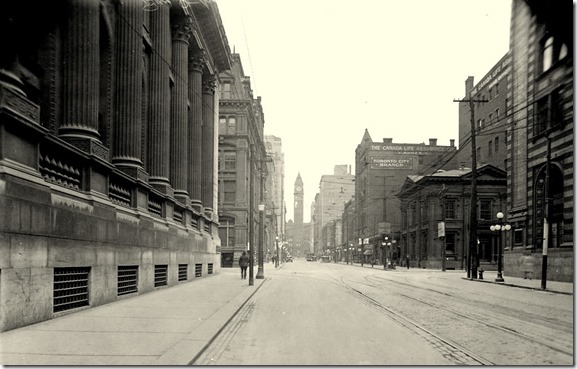
![Canada Archives, Image (3)[1] Canada Archives, Image (3)[1]](https://tayloronhistory.com/wp-content/uploads/2016/10/canada-archives-image-31_thumb.jpg)
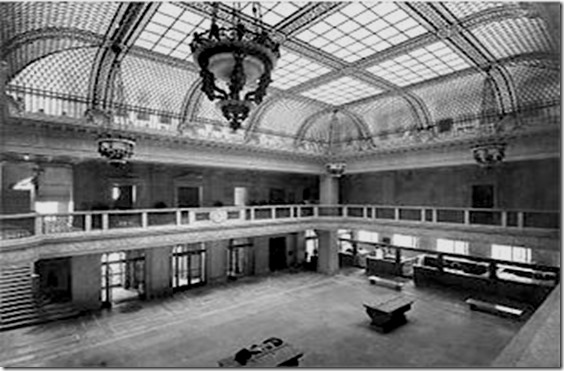
![1941- a054682-v8[1] 1941- a054682-v8[1]](https://tayloronhistory.com/wp-content/uploads/2016/10/1941-a054682-v81_thumb.jpg)
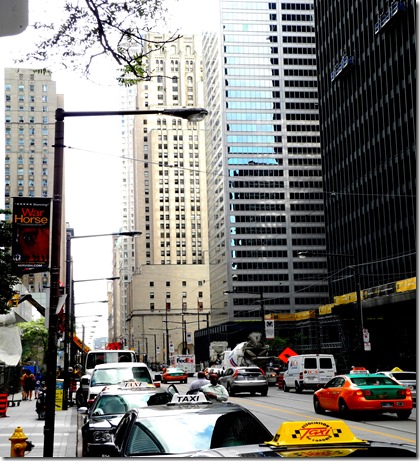
![cid_E474E4F9-11FC-42C9-AAAD-1B66D852[2] cid_E474E4F9-11FC-42C9-AAAD-1B66D852[2]](https://tayloronhistory.com/wp-content/uploads/2016/10/cid_e474e4f9-11fc-42c9-aaad-1b66d8522_thumb.jpg)
![image_thumb6_thumb_thumb_thumb_thumb[2] image_thumb6_thumb_thumb_thumb_thumb[2]](https://tayloronhistory.com/wp-content/uploads/2016/10/image_thumb6_thumb_thumb_thumb_thumb2_thumb.png)



great look back thanks!